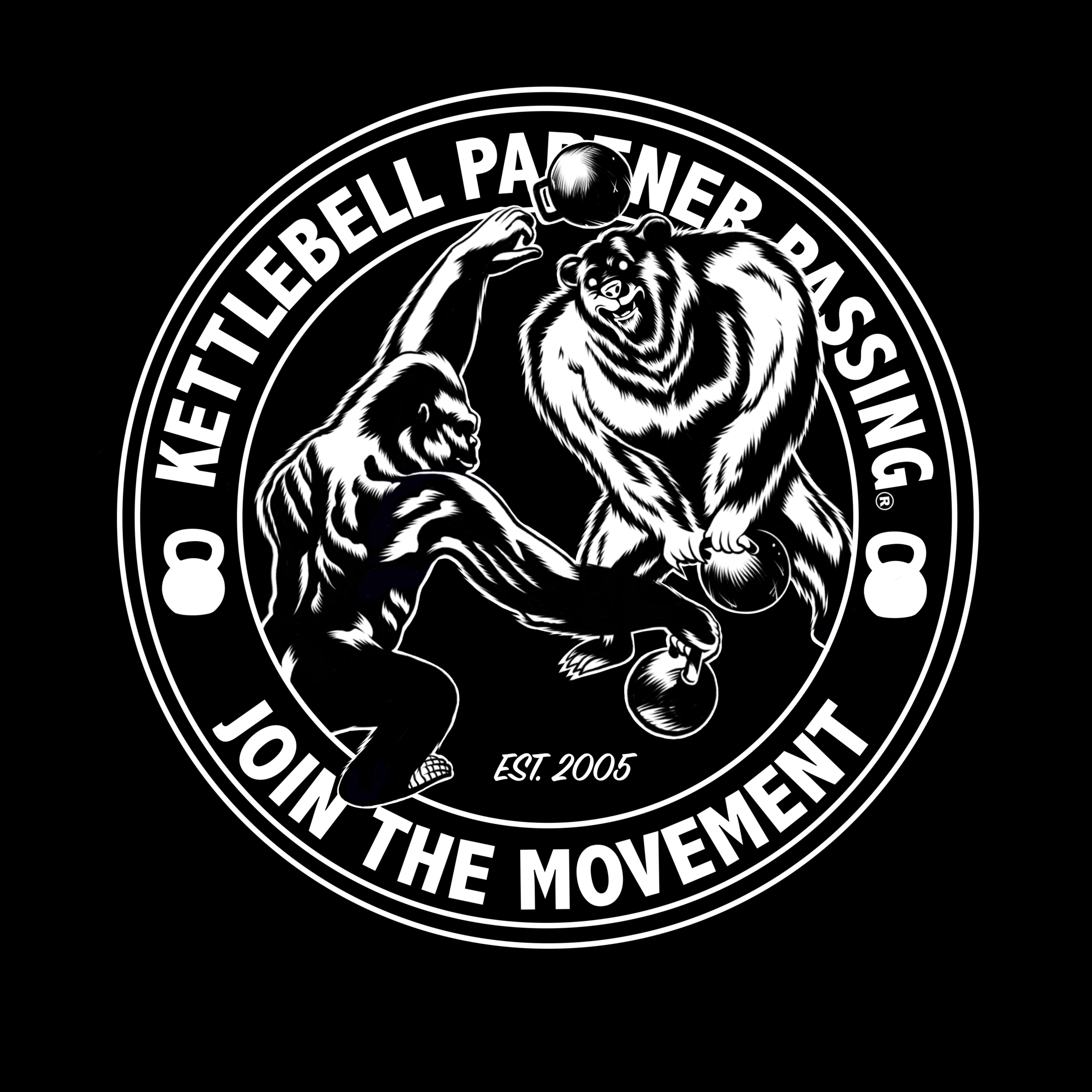The Risk Adds to the Reward
- Kettlebell Partner Passing

- May 7, 2021
- 2 min read
When was the last time you felt really alive? Think of a time when your senses were attuned, everything else was pushed from your mind, and time seemed to slow down. Chances are you were doing something involving fear or exhilaration, that had some sort of perceived risk associated with it. The feeling of being in danger activates the sympathetic nervous system, which brings the mind and body into its most alert state as it prepares for the perceived threat. We use this state of awareness to our advantage in Kettlebell Partner Passing (KPP), as a catalyst for extreme focus and presence — and ultimately, to get into a flow state. Without the element of danger, it would be harder to get the nervous system into the excitatory state that shuts off the extraneous thoughts that normally inundate the brain.
Seeing two people pass kettlebells often elicits alarm in the observer — and understandably so. KPP is inherently risky, and requires absolute focus from both partners. While there is risk involved in passing kettlebells, that risk is the catalyst for the numerous physical and psychological benefits that come from KPP. The perceived risk of tossing weights to another person alights the senses, demands presence from both partners, and aids in achieving a mutual state of flow.
Learning to face and overcome fear builds physical, mental, and emotional resilience, and provides opportunities to set new habits in response to stress. When faced with a stressor that causes fear, there are two options: run away, or learn to stand in the fear and make a choice to move through it. While there are times that running away may be the appropriate response, most of the stressors in daily life are better solved by learning to face your fears and work with them. KPP is a practice that teaches us that facing fear can enhance our experience, rather than paralyze us.
While there is risk involved in passing kettlebells, KPP is actually much safer than people assume at first glance. The system of KPP has specific safety protocols in place that — when followed to the letter — protect both partners, ensure that each person is present and prepared every time a set is initiated, and teach them how and when to bail. Nevertheless, the risk adds to the reward of passing kettlebells. When both partners are completely focused on KPP, they are experiencing the present moment more fully by facing their fears.



Comments